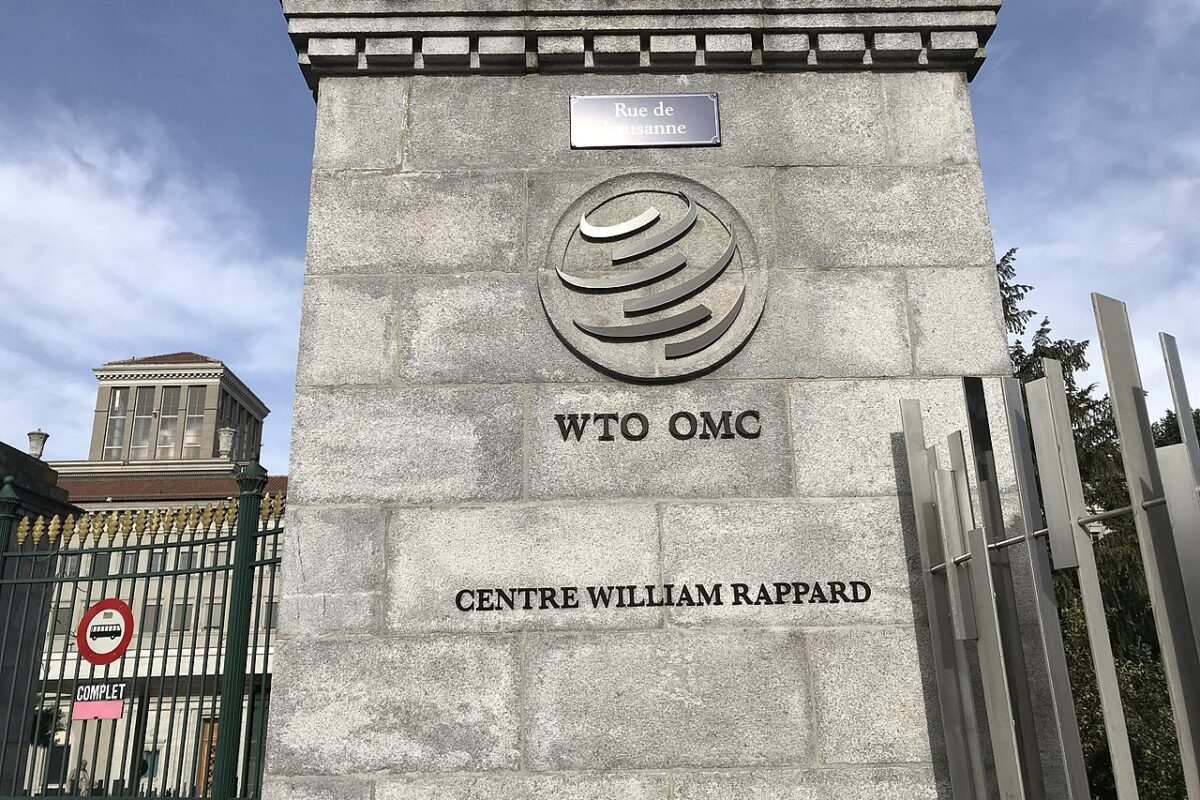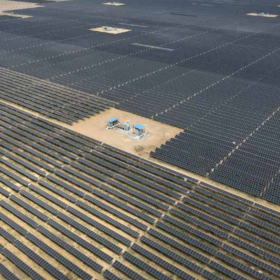India’s solar journey is often told in grand numbers: 123 GW of installed solar power capacity as of Aug. 31, 2025, a national target of 280 GW by 2030 and some of the world’s largest solar parks stretching across arid landscapes. Yet, behind this headline story lies a quieter revolution: one that isn’t made of gleaming panels or megaprojects but of small digital devices sitting on household walls and utility poles. Smart meters may not capture the public imagination but without them India’s clean energy transition would fail.
The invisible infrastructure of the energy transition
Solar power presents a paradox for grid operators. It is abundant but intermittent, clean but unpredictable. Managing its integration into the national grid requires far more than building new capacity: it demands a grid that can sense, respond and adapt in real time. This is where smart metering comes in.
At their core, smart meters are data engines. They provide utilities with visibility into how, when and where electricity is consumed. That granular knowledge allows grid operators to forecast demand more accurately, balance loads and absorb greater volumes of variable solar generation. Without it, the grid risks becoming brittle, prone to blackouts when clouds pass over solar farms or demand surges unexpectedly.
From consumption to participation
While smart metering is about measuring electricity use, it’s also about reshaping the role of the consumer. With rooftop solar adoption accelerating across India’s cities and towns, households are no longer just consumers but also producers of electricity. This “prosumer” model requires a two-way flow of both energy and information.
A household exporting solar power to the grid needs to be fairly credited and a utility needs confidence that this injection of power won’t destabilize the system. Smart meters make both possible. They record exports, settle accounts automatically and create the transparency that builds trust in net metering schemes. In this way, smart meters enable distributed solar to flourish at scale, complementing the gigawatt-sized solar parks that dominate headlines.
Efficiency beyond the meter
The benefits ripple outward. By reducing losses from theft and leakage, still a significant challenge in many parts of India, smart metering strengthens the financial health of utilities. More efficient utilities are better placed to invest in solar integration and grid modernization.
Moreover, with data-driven insights, utilities can design demand-response programs: nudging consumers to shift usage to times when solar generation is abundant, such as midday, thereby flattening peaks and making better use of clean electricity. Over time, this creates a virtuous cycle where the grid itself becomes more renewable-friendly.
Scaling for a solar-powered future
India has already deployed millions of smart meters under the government’s Revamped Distribution Sector Scheme (RDSS), with tens of millions more planned. The ambition is not only to digitize billing but to digitize the grid. That scale matters. The larger the solar share in India’s energy mix, the more dependent its stability will be on the information flows enabled by smart meters.
Yet challenges remain. Connectivity is a perennial bottleneck: smart meters must work reliably in dense urban neighborhoods and remote rural villages alike. They must communicate across millions of endpoints without gaps, delays or prohibitive costs. Addressing this at scale requires robust, decentralized connectivity solutions, an area where companies like Wirepas have contributed by enabling millions of meters in India to communicate seamlessly without reliance on fragile centralized networks.
The bigger picture
Smart meters are often described as a utility-side upgrade. In reality, they are much more: they are social infrastructure for the clean energy age. By enabling transparency, trust and participation, they bring citizens directly into the solar transition. By strengthening grid resilience, they safeguard the reliability on which India’s growth depends.
In the years ahead, solar will remain the visible symbol of India’s energy ambition. But it is the invisible layer – the millions of smart meters quietly transmitting data, second by second – that may prove to be the true enabler of a renewable-powered future.
The views and opinions expressed in this article are the author’s own, and do not necessarily reflect those held by pv magazine.
This content is protected by copyright and may not be reused. If you want to cooperate with us and would like to reuse some of our content, please contact: editors@pv-magazine.com.








By submitting this form you agree to pv magazine using your data for the purposes of publishing your comment.
Your personal data will only be disclosed or otherwise transmitted to third parties for the purposes of spam filtering or if this is necessary for technical maintenance of the website. Any other transfer to third parties will not take place unless this is justified on the basis of applicable data protection regulations or if pv magazine is legally obliged to do so.
You may revoke this consent at any time with effect for the future, in which case your personal data will be deleted immediately. Otherwise, your data will be deleted if pv magazine has processed your request or the purpose of data storage is fulfilled.
Further information on data privacy can be found in our Data Protection Policy.